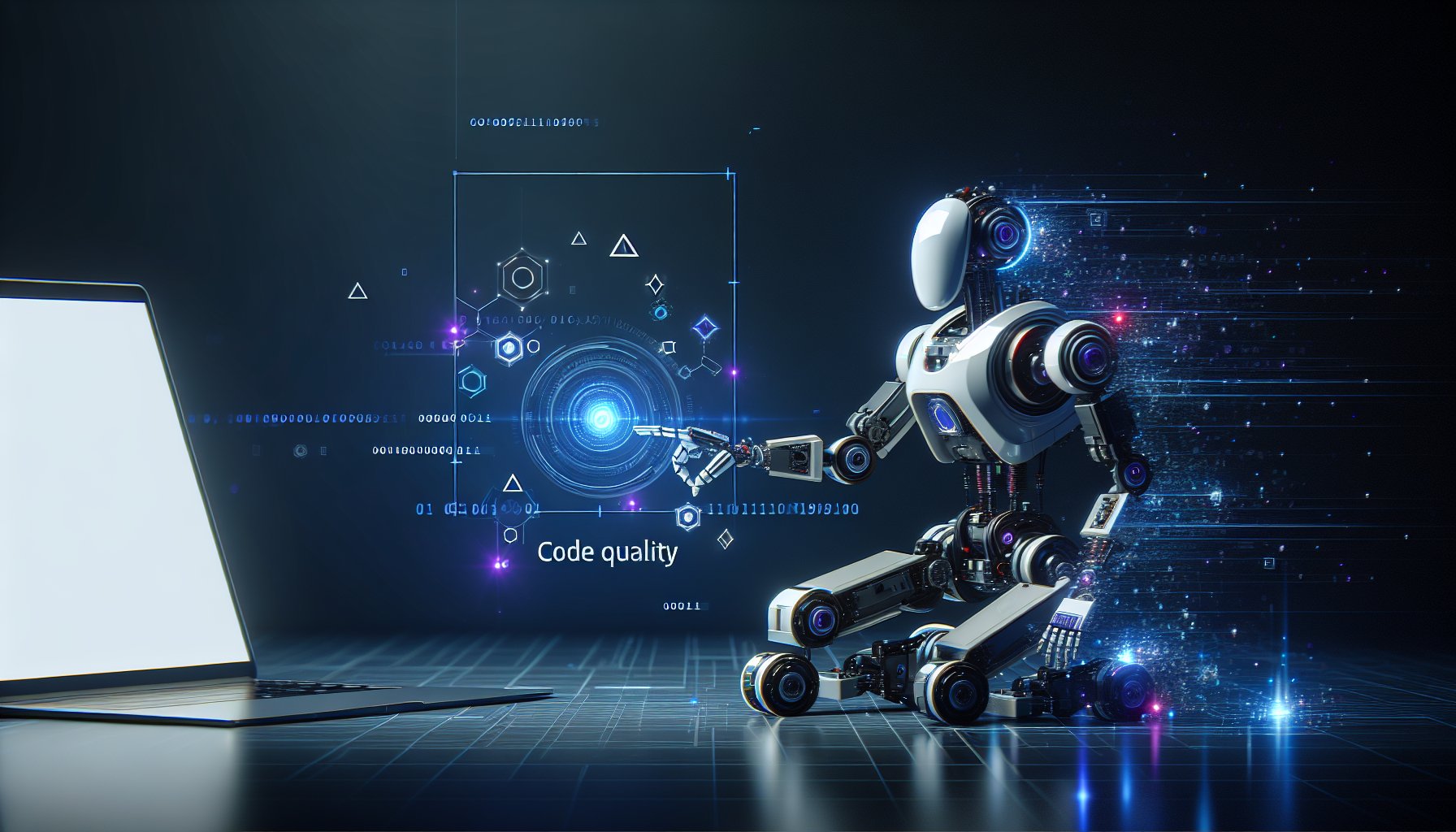Introduction
As we forge ahead in 2025, maintaining high code quality remains crucial in the IT development landscape. The rise of AI-driven tools, advanced static and dynamic analysis techniques, and comprehensive code review processes are transforming the way we achieve and assess code quality. This blog post delves into these cutting-edge strategies and tools that are redefining code quality standards.
Importance of Code Quality
Code quality is not merely a luxury; it's a necessity in today's fast-paced and increasingly complex development environments. High-quality code boosts maintainability, reduces error rates, and promotes efficient code reuse. More importantly, it plays a pivotal role in mitigating security risks and enhancing system performance.
Modern Code Review Processes
Code reviews have evolved into a collaborative process involving AI-powered tools. These tools use machine learning to identify potential issues and suggest improvements, enabling developers to effectively focus on complex problems and innovative solutions. Moreover, incorporating code reviews in a CI/CD pipeline ensures continuous quality checks and fosters a culture of shared code ownership.
Static and Dynamic Code Analysis
Static code analysis has seen significant advancements, with tools now capable of analyzing code without executing it, pinpointing potential issues, and even suggesting refactoring options. Dynamic analysis, on the other hand, evaluates code in a runtime environment, revealing errors that static analysis might miss, such as memory leaks or concurrency issues.
AI-Powered Code Quality Tools
Artificial Intelligence has revolutionized code quality assessment. AI-driven tools are now capable of learning from past codebase and project history to predict potential defects, suggest optimal coding practices, and even automate parts of the debugging process. They are an invaluable asset in maintaining code quality in large-scale projects with diverse development teams.
Code Example:
//AI-Powered code quality tools like DeepCode can be integrated into your IDE
//DeepCode learns from GitHub project data to provide real-time feedback and suggestions
const deepcode = require('deepcode');
deepcode.review(myCode)
.then(results => console.log(results))
.catch(error => console.error(error));
Continuous Integration and Code Quality
Continuous Integration (CI) has become a cornerstone in maintaining code quality. By merging all developer working copies into a shared mainline several times a day, CI reduces integration problems and allows teams to detect and rectify issues early. CI tools now come with built-in code quality analysis features, ensuring that each integration adheres to the quality standards.
Conclusion: The Future of Code Quality
The landscape of code quality is continuously evolving. By embracing modern code review processes, leveraging advanced static and dynamic code analysis techniques, and harnessing the power of AI-driven tools, teams can uphold high code quality standards. Staying adaptable and open to these emerging trends is the key to future-proofing your code and staying ahead in the competitive IT development landscape.
